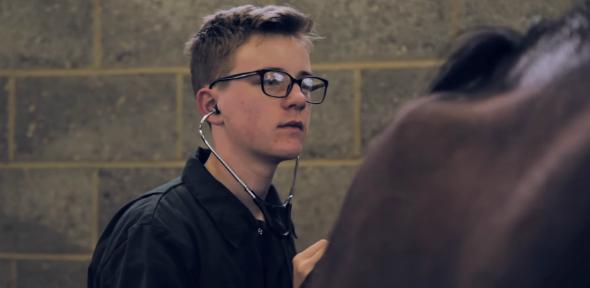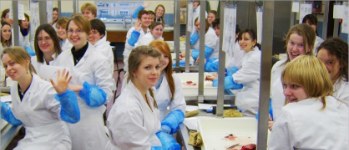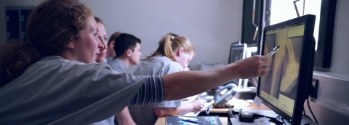
1st Year: VetST Part IA
Foundations of Evidence-Based Practice: Introduction to epidemiology and statistic in medical sciences.
Histology: Microscopic structure of cells and tissues, with emphasis on the correlation between structure and function.
Homeostasis: Physiological systems which underpin the body's regulation if its internal environment and its responses to external threats.
Molecules in Medical Sciences: Principles of biochemistry and medical genetics.
Principles of Animal Management: Introduction to animal husbandry and nutrition. The nature of the veterinary vocation and practical animal training.
Veterinary Anatomy and Physiology: Layout and function of body structures
2nd Year: VetST Part IB
Biology of Disease: All aspects of disease, including knowledge of the causes and effects of disease, and the organisms response to disease.
Comparative Vertebrate Biology: Biology of non-mammalian vertebrates and "exotic" mammalian species.
Mechanisms of Drug Action: Basic mechanisms of drug action at the levels of both drug-receptor interactions and the effects on body systems.
Neurobiology and Animal Behaviour: Structure and function of the sense organs and central nervous system and their role in determining animal behaviour.
Preparing for the Veterinary Profession: Introduction to aspects of the veterinary profession, professional ethics, communication skills, and the role of the veterinary surgeon in protecting human health.
Veterinary Reproductive Biology: Structure and function of the reproductive system.



